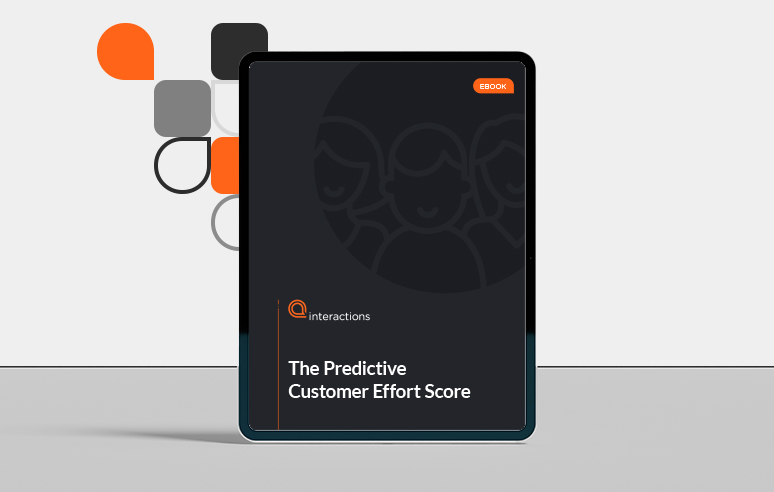In today’s hyper-competitive business landscape, customers expect seamless and frictionless experiences. If your brand makes customers jump through hoops to resolve an issue, they won’t just be frustrated, they’ll leave. Research shows that 96% of customers who experience high-effort interactions become disloyal. On the flip side, reducing effort can increase repurchase intent by up to 94%.
This is where Customer Effort Score (CES) comes in. CES is one of the most powerful indicators of customer loyalty, yet many companies still rely on outdated, sample-based survey methods that fail to capture the full picture. It’s time to rethink how we measure effort—because if you can’t measure it, you can’t fix it.
The Problem with Traditional CES Surveys
Historically, CES has been measured through a simple survey question:
“How easy was it to get your issue resolved?”
While this method provides valuable insights, it has serious limitations:
- Low Response Rates: Most customers don’t take the time to fill out surveys, meaning businesses only capture a small fraction of the customer experience, and likely, only the ones that left customers frustrated and dissatisfied.
- Delayed Feedback: By the time survey data is analyzed, the customer has already formed a negative perception—or worse, churned.
- Limited Scalability: Contact centers struggle to implement CES surveys across all interactions and channels, leading to gaps in insight.
This outdated approach leaves businesses flying blind when it comes to understanding the true impact of customer effort.
Predicting Effort in Real Time with AI
To solve these challenges, we leverage AI-powered analytics to predict Customer Effort Scores in real time, without requiring surveys.
Here’s how it works:
- AI analyzes 100% of interactions (calls, chats, emails), identifying effort indicators from speech patterns, sentiment, and resolution success.
- Predictive models assign an effort score to each interaction, even when no survey is completed.
- Actionable insights help businesses proactively reduce effort, whether through better self-service, agent training, or process optimization.
This scalable, real-time approach allows companies to pinpoint and eliminate friction points before customers are driven away.
Reflecting True Customer Experience Amidst Tech Disruption
As businesses increasingly integrate Gen AI, LLMs, and AI Agents into their customer service operations, predictive CES becomes crucial for evaluating the true impact on CX. While these emerging AI technologies promise to offer higher automation and efficiency, predictive CES reveals whether they genuinely reduce customer effort or create new friction. For customer service leaders, CES provides the data-driven insights needed to ensure AI adoption enhances, rather than undermines, the customer journey and service staff’s daily productivity.
Why Low-Effort Experiences Are the Future of CX
Customers aren’t just looking for resolutions—they want effortless resolutions. The easier a company makes it to get help, the more likely customers are to stay loyal and recommend the brand.
A recent discussion between Adobe and Interactions reinforced this point, highlighting how AI-driven solutions can reduce effort and enhance customer engagement. By removing friction, companies can build stronger relationships and drive long-term loyalty.
Companies that optimize for low effort:
- Reduce churn by removing frustrating experiences
- Increase automation success by refining self-service options
- Boost agent efficiency by identifying and fixing high-effort interactions
- Improve overall CX strategy with data-driven insights
At Interactions, we believe that effort is the defining factor in customer experience, and that traditional CES measurement methods simply aren’t enough. By adopting predictive analytics and AI-driven insights, brands can finally understand, measure, and eliminate effort at scale.
Your customers shouldn’t have to work hard to do business with you. By leveraging Predictive Customer Effort Score, companies can ensure every interaction is effortless, intuitive, and frustration-free. Because when effort goes down, loyalty goes up.
For a deeper dive into how AI can revolutionize CES measurement, check out the Predictive Customer Effort Score eBook from Interactions.
